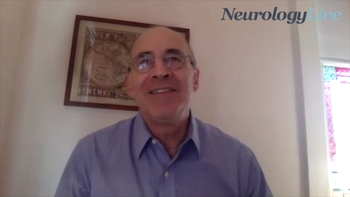
The managing director of the Interdisciplinary Brain Center at Massachusetts General Hospital discussed the process of determining the best situations for use of AMX0035.

The managing director of the Interdisciplinary Brain Center at Massachusetts General Hospital discussed the process of determining the best situations for use of AMX0035.

Stephen Cunnane, PhD, Research Center on Aging, Universite de Sherbrooke, discussed the ketogenic drink used in his recent study and the action of ketogenic diets.

The pediatric neurologist at Montefiore Health System provided her thoughts on the importance of Infantile Spasms Awareness Week.

In non-demented patients with Parkinson disease, hippocampal subfields showed associations with memory, spatial working memory, language and executive functions, and CSF tau levels.
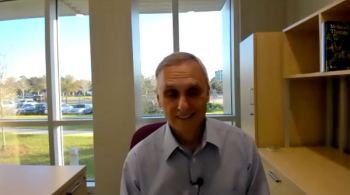
The chief medical advisor for the Muscular Dystrophy Association discussed the organization’s recent annual telethon and the efforts to inform the public about these diseases.

Researchers from USC propose a direct neurotoxic effect of particulate matter smaller than 2.5 μm.

The executive director of the Norman Fixel Institute for Neurological Diseases discussed the role insurance companies play within the system for approving neurological devices for rare diseases.

Data from more than 37k patients in the UK Biobank study suggests hypertension in midlife was linked to an increased risk of white matter hyperintensities later in life.

The professor of neurology and pediatrics at the University of Alabama at Birmingham Epilepsy Center sat down to discuss a multitude of topics surrounding Infantile Spasms Awareness Week.

New analyses from the phase 2b SPRINT-MS trial suggest that MediciNova’s ibudilast (also known as MN-166), can lessen retinal thinning as measured by optical coherence tomography.

A new post hoc analysis following the HALO CM study that showed a reduction in headache days with use of fremanezumab.
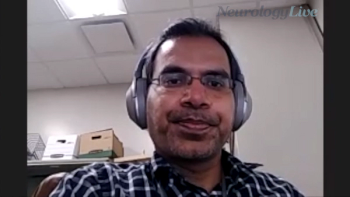
The research scientist from the University of Texas Medical School at Houston discussed the potential of machine learning to predict outcomes before symptoms arise.

The smartphone-delivered progressive muscle relaxation may be a useful and affordable form of evidence-based therapy that a primary care physician can prescribe to their patients.
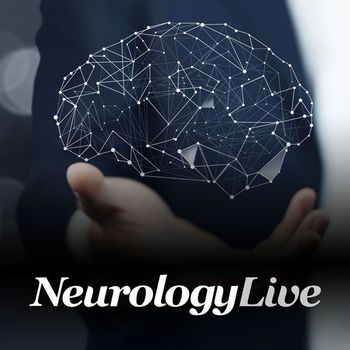
The largest cohort to explicitly summarize the pregnancy-related characteristics of NMOSD with different antibody subsets demonstrated higher rates of annualized relapse during first trimester after delivery or abortion.

In this interview, Patrick Landazuri, MD, discusses the validity of laser ablation as an option for epilepsy surgery.
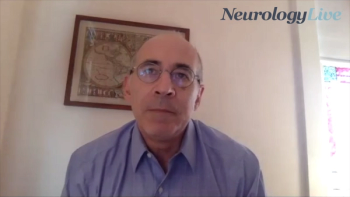
The managing director of the Interdisciplinary Brain Center at Massachusetts General Hospital discussed the potential of AMX0035 for the treatment of Alzheimer disease and other neurological diseases.
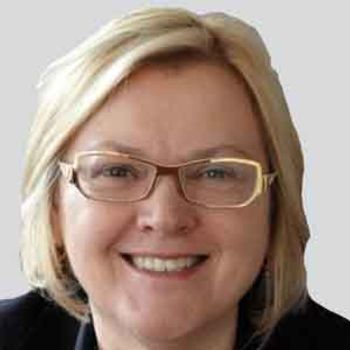
Rozanolixizumab was associated with reductions in anti-acetylcholine receptor autoantibodies and was well tolerated across 2 dose levels with no new safety findings.
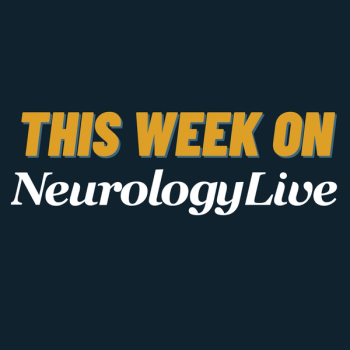
Here's what is coming soon to NeurologyLive.

Two experts in neuro-ophthalmology discuss the advances in the identification and treatment of patients presenting with optic neuritis.

The executive director of the Norman Fixel Institute for Neurological Diseases discussed the issues within the current system that prevent approvals for neurologic devices for rare diseases.

Guest editor-in-chief Darin T. Okuda, MD, FAAN, FANA, details the fast moving field of multiple sclerosis and the direction the disease is moving towards in 2021.

Neurology News Network for the week ending November 28, 2020.

Take 5 minutes to catch up on NeurologyLive's highlights from the week ending November 27, 2020.
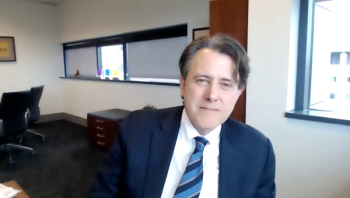
The chair of the department of neurology at The Ohio State University spoke to the ongoing conversation in MS about how aggressive to be with treatment early on.

“Is more always better?”: The age-old question is more relevant than ever as clinicians and patients alike navigate an increasingly crowded MS treatment landscape.
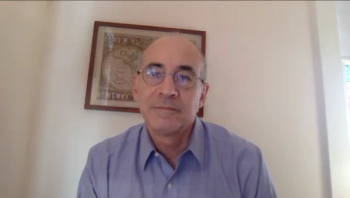
The managing director of the Interdisciplinary Brain Center at Massachusetts General Hospital discussed the trial design and outcomes of the PEGASUS trial of AMX0035.

Stephen Krieger, MD from the Icahn School of Medicine at Mount Sinai spoke about the phase 3 trial of nabiximols he will be investigating in MS.

The chief scientific officer of the Parkinson’s Foundation offers his side of the debate on whether genetic testing for patients with Parkinson disease is under-utilized.

Effectively navigating the nuances of this unique patient population will ultimately help drive innovative solutions for this generation and those to come.

Stephen Cunnane, PhD, Research Center on Aging, Universite de Sherbrooke, discussed the findings and implications of a recent study of the drink’s effects on patients with mild cognitive impairment.